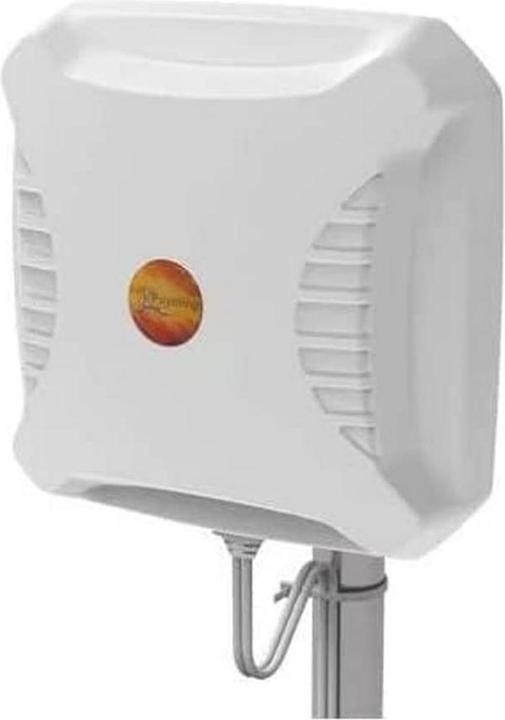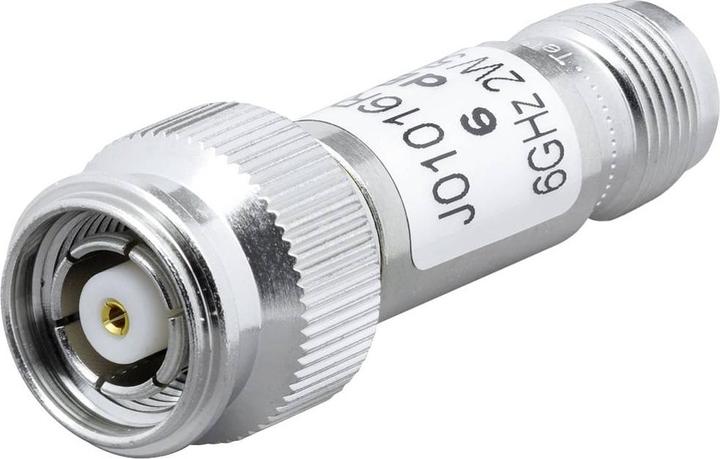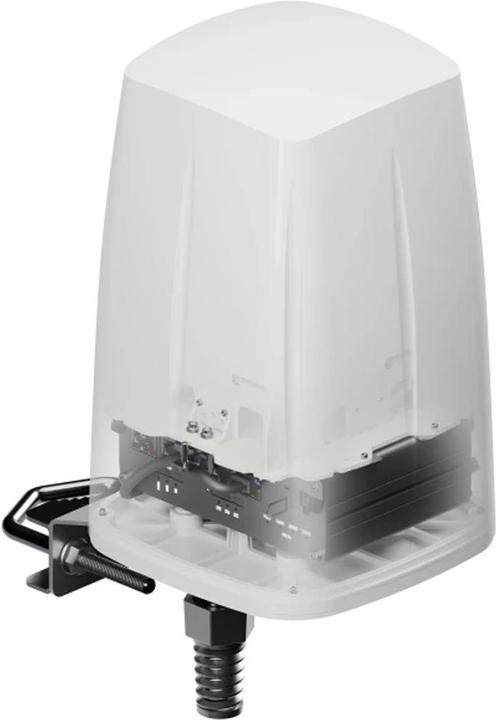
Too Many Network Antennas? Here's How to Choose the Right One
Consider these five essential factors to help you select the perfect network antenna for your needs.
Last updated 2 weeks ago. Automatically generated content.


Select options and limit the number of products
Antenna type determines the kind of signal a network antenna can transmit or receive, affecting connectivity and signal strength. Choosing the right antenna type is crucial for achieving optimal network performance and reliable communication.
Popular options (you can select more than one)
WLAN Antenna
Designed for wireless local area network (WLAN) applications, facilitating high-speed data transmission.
Ideal for indoor use, providing stable connectivity for devices like routers and access points.
Bestseller
Mobile radio antenna
Specially crafted to enhance mobile network signals, supporting cellular communication.
Perfect for outdoor use, ensuring strong signal reception even in remote or rural areas.
Bestseller
Antenna reception determines the type of signal a network antenna can receive, directly impacting the quality and speed of connectivity. Selecting the appropriate reception type is crucial for ensuring optimal network performance, reliability, and coverage suited to your specific needs.
Popular options (you can select more than one)
Wi-Fi
Typical price
31,– to 230,–Designed to receive wireless internet signals, enabling devices to connect to local networks.
Ideal for home and office environments, providing seamless internet access for multiple devices.
Bestseller
5G
Typical price
76,– to 290,–Capable of receiving high-speed mobile internet signals, offering faster data transfer rates.
Perfect for urban areas, enhancing mobile device connectivity and supporting data-intensive applications.
Bestseller
4G
Typical price
51,– to 240,–Receives mobile internet signals with widespread coverage, ensuring stable connections.
Suitable for both urban and rural settings, providing reliable internet access for everyday use.
Bestseller
GPS
Typical price
94,– to 340,–Designed to receive satellite signals for precise location tracking.
Essential for navigation systems, offering accurate positioning for travel and logistics.
Bestseller
UHF
Typical price
64,– to 360,–Receives Ultra High Frequency signals, typically used for television broadcasts and two-way radios.
Great for clear reception over longer distances, supporting communication and entertainment applications.
Bestseller
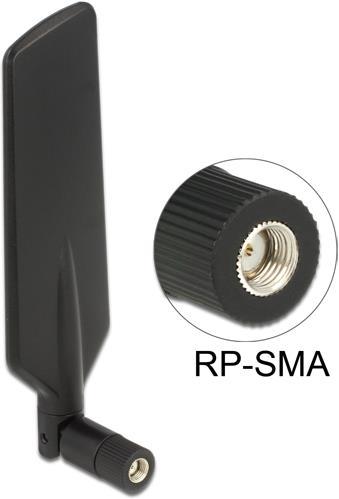
Delock LTE WLAN Dual Band Antenna RP-SMA
DECT, DVB-T, DVB-T2, Lora, 5G, 2G, Wi-Fi, DAB+, UHF, VHF, 3G, GSM, AM / FM
Wi-Fi frequency determines the range and speed at which a network antenna operates, crucial for ensuring stable and efficient wireless connectivity. Selecting the right frequency is important for balancing coverage and performance, especially in environments with multiple devices or physical obstacles.
Popular options (you can select more than one)
2.4 GHz
Offers a wider coverage range, penetrating walls and obstacles more effectively.
Ideal for larger homes or areas with many physical barriers, providing consistent connectivity.
Bestseller
5 GHz
Delivers faster data speeds with less interference from other devices.
Perfect for high-bandwidth activities like streaming and gaming in smaller spaces or with fewer obstacles.
Bestseller
6 GHz
Provides even higher speeds and reduced congestion, with more channels available.
Best suited for dense environments with numerous devices, ensuring optimal performance and connectivity.
Bestseller

Panorama Antennas DMM4-6-60-2SP 4x4 MIMO portable antenna 600-6000MHz 2.0m
5G, 4G, Wi-Fi
The application range determines whether a network antenna is suitable for outdoor or indoor use, impacting its performance and durability in different environments. Selecting the right type ensures optimal signal reception and reliability based on the intended setting.
Popular options (you can select more than one)
Outdoor
Designed to withstand weather conditions like rain, wind, and extreme temperatures.
Ideal for extending network coverage in open spaces, providing reliable connectivity in large areas.
Bestseller
Indoor
Optimized for indoor environments, focusing on aesthetics and compact design.
Perfect for enhancing signal strength within buildings, ensuring stable and fast connectivity in confined spaces.
Bestseller
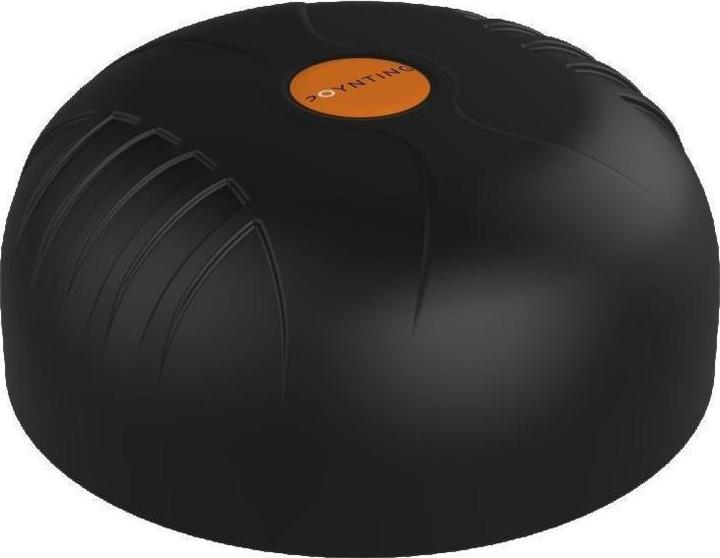
Poynting Antennas - 5G/LTE - Automotive/Marine - A-MIMO-0004-V1-17-B - Wi-Fi - black - SMA (M) - 3.56d
4G, GPS, Wi-Fi
Antenna connection refers to the type of connector used to attach a network antenna to a device, impacting signal transmission and compatibility. Choosing the right connection ensures optimal performance and reliability in network setups, enhancing connectivity and data transfer speed.
Popular options (you can select more than one)
SMA
Typical price
33,– to 140,–Standard connector type often used in small devices and applications.
Offers reliable performance and is ideal for short-range communication setups.
Bestseller
N-Type
Typical price
68,– to 230,–Large, robust connector suited for outdoor and industrial applications.
Provides strong, stable connections, making it perfect for long-distance signal transmission.
Bestseller
RP-SMA
Typical price
22,– to 170,–Reverse polarity SMA connector used in wireless and Wi-Fi applications.
Ensures secure connections and reduces the risk of accidental disconnection, ideal for home networks.
Bestseller
TNC
Typical price
130,– to 400,–Twist-on connector that is durable and weather-resistant.
Suitable for environments where vibration and moisture are concerns, ensuring reliable connectivity.
Bestseller
